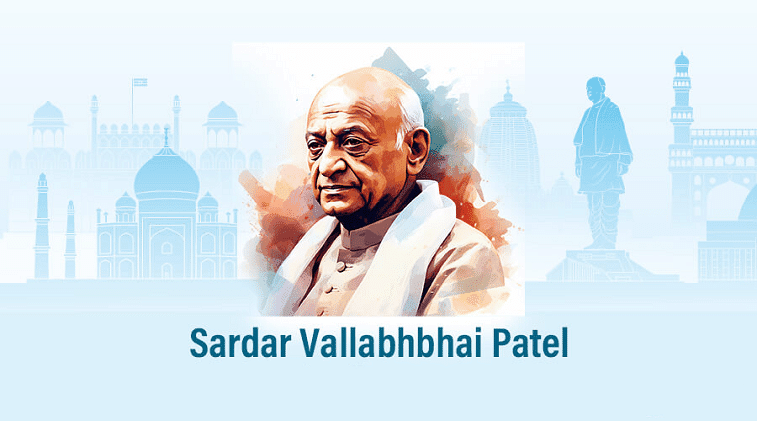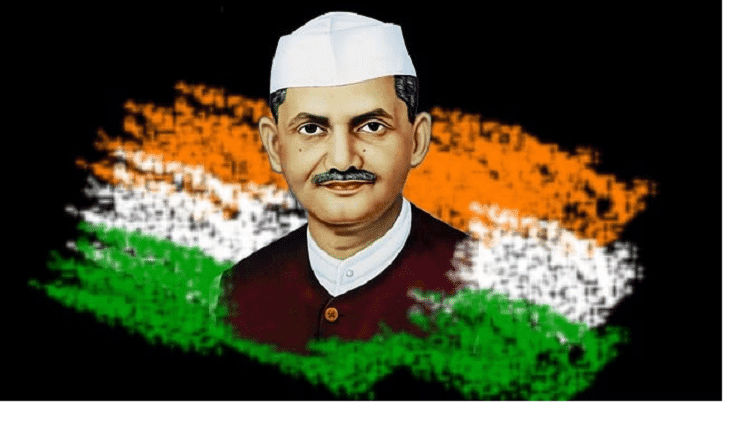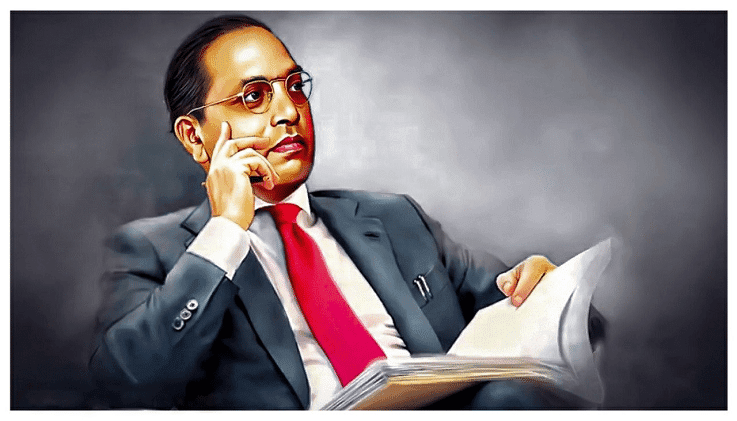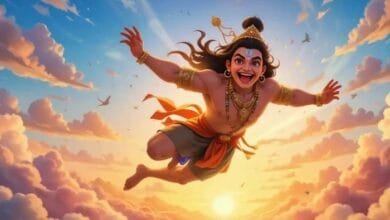English Top 10 Freedom Fighters of India

English Top 10 Freedom Fighters of India struggle for independence was a multifaceted battle that saw the participation of countless individuals who sacrificed their lives, comfort, and even their very beings to free their homeland from colonial rule. The freedom fighters of India come from different walks of life, with some leading the movement through peaceful protests and others taking up arms to challenge the British Empire. Here, we explore the lives and legacies of the English Top 10 Freedom Fighters of India, whose contributions to India’s independence are unparalleled.
Table of Contents
| Sl. No. | Freedom Fighter | Key Contributions |
|---|---|---|
| 1 | Mahatma Gandhi | Leader of Non-Violent Movement, Salt March, Quit India Movement |
| 2 | Subhas Chandra Bose | Indian National Army, Azad Hind Government |
| 3 | Jawaharlal Nehru | First Prime Minister, Leadership in the Independence Movement |
| 4 | Sardar Vallabhbhai Patel | Unification of India, Iron Man of India |
| 5 | Bhagat Singh | Revolutionary Icon, Martyr |
| 6 | Lal Bahadur Shastri | Second Prime Minister, Hero of 1965 War |
| 7 | Rani Lakshmibai | Queen of Jhansi, Heroine of the First War of Independence |
| 8 | Bal Gangadhar Tilak | Founder of the Swaraj Movement, Nationalist Leader |
| 9 | Dr. B.R. Ambedkar | Architect of the Constitution, Social Reformer |
| 10 | Chandrashekhar Azad | Revolutionary Leader, Fearless Fighter |
Mahatma Gandhi: The Father of the Nation

Mahatma Gandhi, widely regarded as the Father of the Nation, was the central figure in English Top 10 Freedom Fighters of India independence movement. His philosophy of non-violence (Ahimsa) and truth (Satyagraha) revolutionized the fight against colonial rule.
Early Life and Influences
Born on October 2, 1869, in Porbandar, Gujarat, Gandhi’s journey to becoming the greatest freedom fighter of India was shaped by his experiences in South Africa, where he first embraced non-violence as a powerful tool for social justice.
Key Contributions:
- Non-Cooperation Movement (1920-1922): Gandhi’s call for a boycott of British goods, institutions, and services helped unify Indians in their fight against colonial oppression.
- Salt March (1930): In one of the most iconic acts of civil disobedience, Gandhi led a 240-mile march to the sea, defying British salt laws and inspiring millions to join the struggle.
- Quit India Movement (1942): His call for “Do or Die” in the Quit India Movement galvanized Indians into demanding an immediate end to British rule.
Gandhi’s dedication to truth, peace, and his belief in self-sufficiency laid the foundation for a free and independent India. His moral authority and leadership in the fight against British colonial rule made him a global icon.
Subhas Chandra Bose: The Rebel Leader
Subhas Chandra Bose, affectionately called Netaji, was a leader who took a more radical approach to English Top 10 Freedom Fighters of India independence. Unlike Gandhi, who advocated for non-violence, Bose believed that armed struggle was the only way to drive the British out of India.
Early Life and Revolutionary Ideals
Born on January 23, 1897, in Cuttack, Odisha, Bose was an intelligent student, excelling in both academics and sports. He went to England to pursue further studies and was influenced by the growing nationalist sentiments in India.
Key Contributions:
- Indian National Army (INA): Bose founded the Indian National Army (INA), which was instrumental in fighting against the British in Southeast Asia during World War II. His motto “Give me blood, and I will give you freedom” was widely supported by Indians who felt that armed struggle was the way forward.
- Azad Hind Government: In 1943, Bose formed the Provisional Government of Free India in Singapore, with the aim of establishing an independent Indian state.
Though his methods differed from Gandhi’s, Bose’s efforts in rallying Indian forces against the British were vital in shaping the post-independence narrative.
Jawaharlal Nehru: The First Prime Minister
Jawaharlal Nehru, India’s first Prime Minister, was one of the key architects of independent India. He was a leader who combined the ideals of the Indian National Congress with a vision for modernizing the nation.
Early Life and Education
Nehru was born on November 14, 1889, into a wealthy family. He studied at Harrow, Eton, and Cambridge, and later at the prestigious Trinity College in Cambridge University. He was influenced by the ideas of Gandhi and joined the Indian National Congress in the 1920s.
Key Contributions:
- Leadership in Congress: Nehru worked closely with Gandhi during the freedom struggle. He played a significant role in the Salt March and the Quit India Movement.
- Post-Independence Role: As India’s first Prime Minister, Nehru was responsible for framing India’s domestic policies. His focus was on industrialization, scientific development, and the welfare of the masses.
Nehru’s policies played a crucial role in shaping modern India, including his vision for a secular, democratic, and socialist India.
Sardar Vallabhbhai Patel: The Iron Man of India

Sardar Vallabhbhai Patel, often referred to as the “Iron Man of India,” was the principal architect of India’s political unity after independence. Patel’s leadership ensured that India remained united despite the challenges posed by the partition.
Early Life and Political Journey
Born on October 31, 1875, in Nadiad, Gujarat, Patel initially trained as a lawyer. He became actively involved in the Non-Cooperation Movement and later played a crucial role in organizing the peasants against oppressive landlords.
Key Contributions:
- Integration of Princely States: Patel’s most remarkable achievement was his ability to integrate over 500 princely states into the Indian Union post-independence. His firm handling of the Hyderabad and Jammu & Kashmir issues helped maintain India’s territorial integrity.
- Leadership in the Quit India Movement: Patel was a staunch supporter of Gandhi’s non-violent struggle, though he was often more pragmatic in his approach.
Sardar Patel’s leadership, vision, and commitment to unity make him one of the most revered leaders in Indian history.
Bhagat Singh: The Martyr for the Cause of Independence
Bhagat Singh was a fearless revolutionary whose actions inspired millions of Indians to rise against the British. Known for his courage, commitment, and willingness to sacrifice, he became one of the most iconic freedom fighters in Indian history.
Early Life and Revolutionary Ideals
Born on September 28, 1907, in Lyallpur (now in Pakistan), Bhagat Singh was influenced by the freedom struggle from a very young age. He became involved with the Hindustan Socialist Republican Association (HSRA) and was dedicated to the cause of an independent India.
Key Contributions:
- The Assembly Bombing: In 1929, Bhagat Singh and his associates threw bombs in the Central Legislative Assembly in Delhi, demanding immediate action on Indian freedom. This was a significant act of defiance against British rule.
- Martyrdom: Bhagat Singh’s execution in 1931, at the age of 23, turned him into a martyr. His courage and commitment to the cause of independence made him a symbol of resistance.
His famous slogan, “Inquilab Zindabad,” is still used today in India as a call for revolutionary change.
Lal Bahadur Shastri: The Leader of Integrity and Strength

Lal Bahadur Shastri, the second Prime Minister of India, was known for his leadership during the 1965 Indo-Pak War and his call for national integration through his slogan “Jai Jawan Jai Kisan” (Hail the Soldier, Hail the Farmer).
Early Life and Political Career
Born on October 2, 1904, in Mughalsarai, Uttar Pradesh, Shastri was a humble man known for his simplicity and integrity. He was a strong advocate for social justice and served as an important figure in the Indian National Congress.
Key Contributions:
- Leadership in the 1965 War: Shastra’s leadership during the war with Pakistan earned him widespread respect. His ability to unite the country during a time of crisis was pivotal.
- Promoting Agricultural Reforms: Through his Green Revolution policies, Shastra aimed at improving India’s agricultural output, reducing food shortages, and strengthening national security.
Shastra’s legacy continues to resonate as a symbol of steadfast leadership and integrity.
Rani Lakshmana: The Queen of Jhansi
Rani Lakshmana is a symbol of resistance and bravery. She was one of the most prominent leaders of the First War of Indian Independence in 1857 and led her troops in defending her kingdom of Jhansi from British forces.
Early Life and Reign
Born in 1828 in Varanasi, Lakshmana ascended the throne of Jhansi after her marriage to Maharaja Gangadhar Rao. After the king’s death, the British East India Company sought to annex Jhansi, prompting the Rani to fight back.
Key Contributions:
- Defiance in the 1857 Uprising: Rani Lakshmana played a leading role in the Siege of Jhansi, where she fought valiantly to protect her kingdom from British soldiers.
- Legacy: Her refusal to surrender, and her death while fighting on the battlefield, earned her a permanent place as a national heroine.
Bal Gangadhar Tilak: The Father of Indian Unrest
Bal Gangadhar Tilak was one of the first leaders to openly advocate for Swaraj (self-rule) for India. His radical approach to the independence movement earned him the title “Father of Indian Unrest” from the British.
Early Life and Political Activism
Born on July 23, 1856, in Ratnagiri, Maharashtra. Tilak was a nationalist who used education and media to promote the cause of independence. He was one of the first leaders to use the Ganesh Utsav and Shivaji Maharaj festivals to stir nationalistic sentiments.
Key Contributions:
- Swaraj Movement: Tilak’s famous slogan “Swaraj is my birthright, and I shall have it” became a rallying cry for millions of Indians.
- Role in the Freedom Movement: He advocated for armed resistance against. British rule and promoted mass mobilization through his journal, Kesari.
Dr. B.R. Ambedkar: The Architect of the Indian Constitution

Dr. B.R. Ambedkar, the principal architect of the Indian Constitution, was a scholar, lawyer, and social reformer who fought tirelessly for the rights of the Dalits, women, and other marginalized groups in India.
Early Life and Struggles
Born on April 14, 1891, in Mhow, Madhya Pradesh, Ambedkar faced social discrimination due to his caste. Despite these hardships, he excelled academically and became one of India’s most respected leaders.
Key Contributions:
- Indian Constitution: Ambedkar’s contribution to the drafting of the Indian Constitution. Ensured that the rights of all citizens. Especially those from marginalized communities were protected.
- Champion for Dalit Rights: Ambedkar led movements for the upliftment of Dalits, including the Poona Pact with Mahatma Gandhi.
Chandrashekhar Azad: The Fearless Revolutionary
Chandrashekhar Azad was one of the most fearless revolutionaries in India’s struggle for independence. Known for his radical and bold actions, he was determined to fight the British with every means at his disposal.
Early Life and Revolutionary Work
Born on July 23, 1906, in Bhavra, Madhya Pradesh, Azad became involved in revolutionary activities at a young age. He was deeply influenced by the principles of Bhagat Singh and Ram Prasad Bismil.
Key Contributions:
- Hindustan Socialist Republican Association (HSRA): Azad played a leading role in the HSRA. Which was dedicated to the overthrow of British rule through armed resistance.
- Martyrdom: Azad died in a police encounter in 1931, but his slogan, “Dili Chalon,” continues to inspire revolutionaries.
Conclusion
The Top 10 Freedom Fighters of India represent a diverse array of ideologies, strategies, and sacrifices. From Gandhi’s non-violent resistance to Bose’s armed struggle. From Nehru’s leadership in the Indian National Congress to Rani Lakshmi Bai’s courageous defense of Jhansi. Each of these leaders contributed uniquely to India’s independence.
Their sacrifices laid the foundation for an independent, democratic, and inclusive India. The spirit of resistance, courage, and national pride they exhibited. Continues to inspire not only Indians but freedom lovers around the world.





